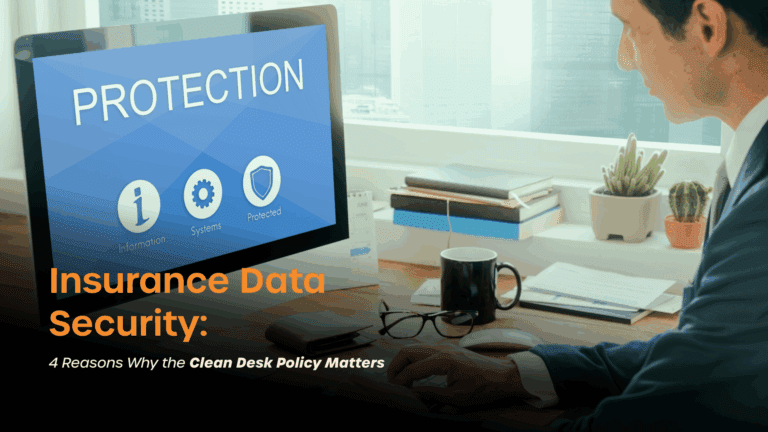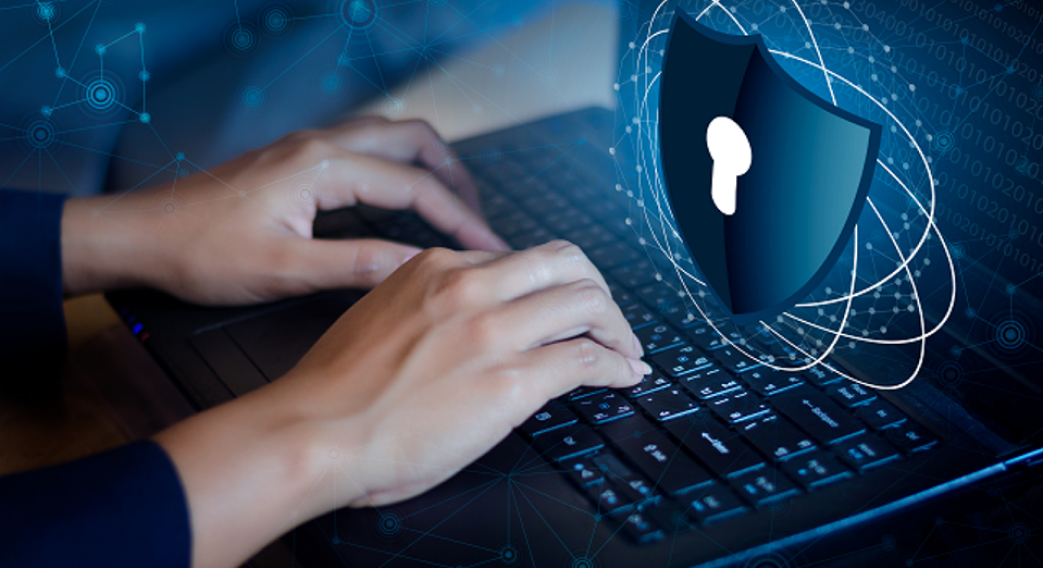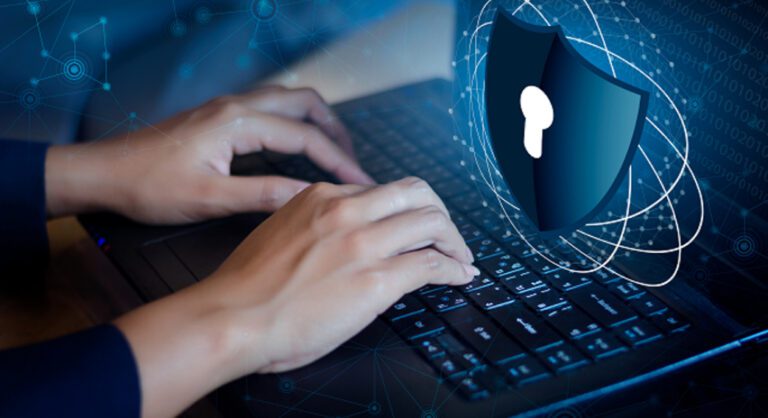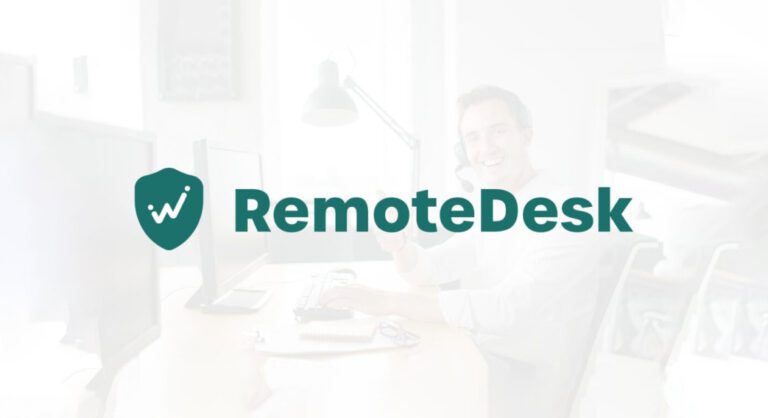
Remote Work Security-How Remote Employees Excel in Cybersecurity
- Rajnish Kumar
- 6 min

Summary
Remote workers show higher cybersecurity awareness than in-office staff, highlighting the need for robust remote work security strategies. RemoteDesk offers tools for compliance, data protection, and employee monitoring to safeguard remote teams.
In the ever-evolving landscape of modern work, remote work has gained significant traction, and with it comes the pressing need for remote work security. A recent peer-reviewed study has shed light on an intriguing phenomenon: remote workers appear to possess a heightened sense of cybersecurity awareness compared to their in-office counterparts. This article delves into the findings of this study, exploring the reasons behind this trend and its implications for organizations. Remote work security is not just a buzzword; it’s a critical aspect of contemporary work culture
Remote Work Security: Understanding the Study
The foundation of our insights is a meticulous analysis of data collected from 203 individuals who had transitioned to full-time remote work and 147 in-office workers, spanning various organizations in the United States. These participants were subjected to a series of questions probing their work setups, their grasp of cybersecurity threats, and their proactive measures to safeguard against them.
To ensure the reliability of our findings, we rigorously controlled for several factors that might influence an employee’s response to perceived cybersecurity risks. These factors included age, gender, industry type, company size, job position, and the duration of remote work. In addition, our research underwent peer review and incorporated expert consultations, along with statistical techniques to validate the data’s robustness.
Remote Work Security: The Enlightened Remote Worker

A study done between 2021-23 standout revelation was that remote workers exhibited a greater awareness of cybersecurity threats and a more profound understanding of safe cybersecurity practices and protective measures. Furthermore, these telecommuters were more inclined to take proactive cybersecurity measures compared to their in-office counterparts. But why does this discrepancy exist?
The Office Comfort Zone
In-office employees often find themselves in a comfort zone where they expect their organization to furnish security countermeasures to combat cyber threats effectively. The assumption here is that the physical office environment itself will offer a degree of protection. Consequently, in-office workers might become complacent in their cybersecurity awareness, leading them to take fewer steps to fortify their digital defenses.
Remote Workers’ Vigilance
On the contrary, remote workers do not enjoy the same luxury of an institutional cybersecurity framework. They operate in a dispersed environment, which necessitates a heightened awareness of the risks they might encounter. This very lack of centralized protection drives remote workers to be more mindful of cybersecurity threats and, consequently, motivates them to proactively secure their digital workspaces.
Remote Work Security: The Significance of Remote Work Security

Understanding the reasons behind this heightened cybersecurity awareness among remote workers is crucial. Employees represent the first line of defense against the rising tide of cyberattacks, which surged by 38% in 2022, according to Check Point Research, a prominent cyber threat intelligence provider. These attacks often exploit vulnerabilities through tactics such as phishing emails, making employees unwitting accomplices in cyber breaches.
During the early days of the COVID-19 pandemic, as remote work became the norm due to lockdowns, concerns about cybersecurity were paramount. The sudden shift to remote work significantly increased the “attack surface,” referring to all the potential entry points into an organization’s network. Companies were rightfully apprehensive about whether their remote workforce would treat cybersecurity with the seriousness it demanded.
However, our research suggests that these initial concerns may have been overstated. Remote workers, driven by the absence of a centralized security net, seem to have embraced the responsibility of safeguarding their digital realms with zeal.
Remote Work Security: Uncharted Territory
While the present findings paint a promising picture of remote work security, it’s essential to consider the future. Will this heightened awareness and proactive behavior among remote workers remain steadfast over time, or will complacency gradually set in?
Research indicates that cybersecurity awareness, often acquired through training and knowledge programs, tends to erode over time. As remote work becomes increasingly mainstream, organizations must grapple with questions about the longevity of this heightened cybersecurity vigilance. How can remote workers continue to stay proactive in their cybersecurity efforts, and what measures can organizations implement to sustain this level of awareness?
Remote Work Security: Implementing Remote Work Security

In light of these insights, organizations must take proactive steps to enhance remote work security. Here are some strategies and tools that can help:
Threat Intelligence Platforms
Incorporate threat intelligence platforms into your cybersecurity arsenal. These platforms provide real-time insights into emerging threats, allowing organizations to stay one step ahead of cybercriminals. By leveraging threat intelligence, remote workers can be better equipped to identify and mitigate potential risks.
Employee Monitoring Software
Consider investing in employee monitoring software to track and manage remote workers’ activities. This not only ensures productivity but also helps in identifying any unusual or suspicious behavior that might indicate a cybersecurity threat.
Data Loss Prevention
Implement robust data loss prevention measures to safeguard sensitive information. These solutions can prevent unauthorized access to critical data and help mitigate the risk of data breaches, a common target for cyber attackers.
Compliance with Regulations
Adhere to regulatory frameworks such as GDPR and CCPA compliance. Ensuring that your remote work practices align with these regulations not only protects your organization from legal repercussions but also promotes a culture of data security.
Identity Verification Systems
Consider deploying an ID verification system to enhance remote worker authentication. This adds an extra layer of security by verifying the identity of individuals accessing sensitive data or systems
Remote Work Security: Conclusion
The era of remote work is here to stay, and with it comes the imperative need for robust remote work security. The findings of our study underscore the fact that remote workers are not just adapting to this new landscape; they are thriving in it, especially in terms of cybersecurity awareness and precautions.
As organizations embrace remote work as a permanent fixture, they must recognize the importance of sustaining this heightened awareness over time. It’s essential to invest in the right tools and strategies to fortify remote work security continually like RemoteDesk Secure which takes care of your business with compliance, e-dlp, and 360-degree employee monitoring without breaking your bank.
In a world where cyber threats loom large, the vigilance of remote workers stands as a formidable defense. By harnessing this awareness and providing the necessary support, organizations can foster a culture of remote work security that safeguards both their interests and their employees’ well-being.
Why is remote work security important for organizations?
How can RemoteDesk enhance remote work security?
What proactive measures can remote workers take to improve cybersecurity?
How does employee monitoring software contribute to remote work security?
How can organizations maintain cybersecurity awareness among remote teams over time?
Related posts
Related Posts
Interviews, tips, guides, industry best practices, and news.

Top Remote Workforce Management Tools and Technologies (2025)

7 Ways Remote Workforce Management Can Reduce Data Loss Risks
Get Started Today
Sign up in minutes. Secure your remote
workforce with confidence.
See how RemoteDesk makes compliance and data protection effortless.





